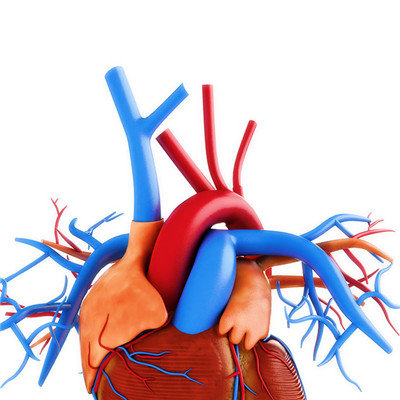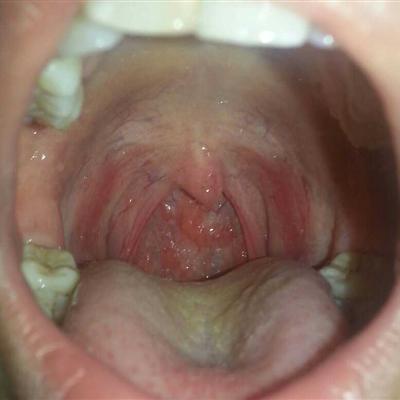Which department does virus encephalitis see?
summary
Viral meningoencephalitis or viral encephalitis, is caused by the virus brain parenchyma and meningitis. When the virus enters the human body, it first enters the blood, causing viremia, and then it can invade the organs of the whole body or the central nervous system; The virus can also directly invade the central nervous system. When viral encephalitis occurs, it often causes inflammation, edema, necrosis of nerve cells and a series of clinical manifestations. When inflammation affects meninges, it is called viral meningoencephalitis. This disease belongs to self limited disease, but some cases may have sequelae. So we must do a good job of the disease related work, then viral encephalitis to see which department?.
Which department does virus encephalitis see?
First: viral encephalitis to see the brain, cerebrospinal fluid examination, cerebrospinal fluid pressure increased, the appearance of more clear, white blood cell count increased, more in 300 × Under 10 ^ 6 / L, most of them are lymphocytes. Under the examination of viral encephalitis, the total number of white blood cells in cerebrospinal fluid of a few children can be normal. In children with viral encephalitis, cerebrospinal fluid protein was slightly increased or normal, but sugar and chloride had no significant changes. Smear or bacterial culture were negative.
Second: at present, the etiological examination of viral encephalitis mainly includes: ① virus isolation: different viruses can be isolated from different samples to provide etiological evidence, which has the diagnostic value of viral encephalitis. Such as cerebrospinal fluid (enterovirus, herpes simplex virus, mumps virus), saliva, feces (poliovirus, rotavirus), urine, skin lesions, etc. ② Serological detection: including enzyme-linked immunosorbent assay, immunofluorescence method, etc., used for virus identification, virus antigen detection, specific virus antibody (IgM or IgG) detection. ③ Molecular biology methods: polymerase chain reaction (PCR), real-time PCR and biochip technology are commonly used to detect the viral DNA sequence from the brain tissue and cerebrospinal fluid of children, so as to determine the pathogen.
Third: imaging examination is mainly used to evaluate the degree of central nervous system damage, MRI is better than CT. In severe cases, CT and MRI can show the formation of inflammatory lesions of different sizes, unclear boundaries, irregular low-density or high-density shadow, mild cases may have no obvious abnormal changes.
matters needing attention
It should be differentiated from intracranial non inflammatory diseases (cerebrovascular diseases, tumors, degenerative diseases) and toxic encephalopathy, Reye syndrome or brain abscess.















